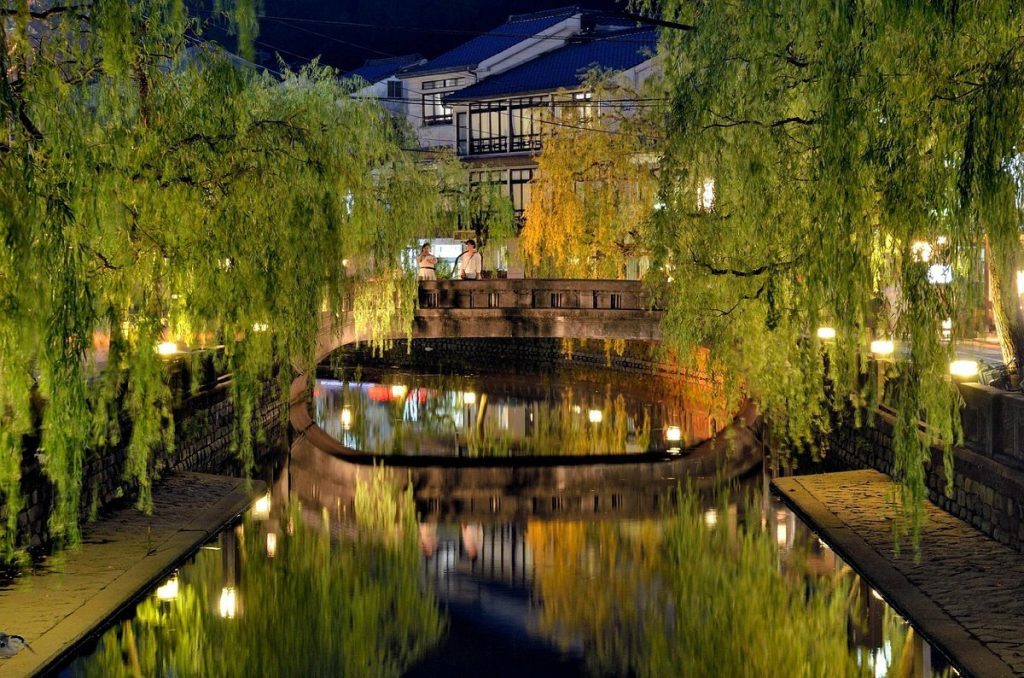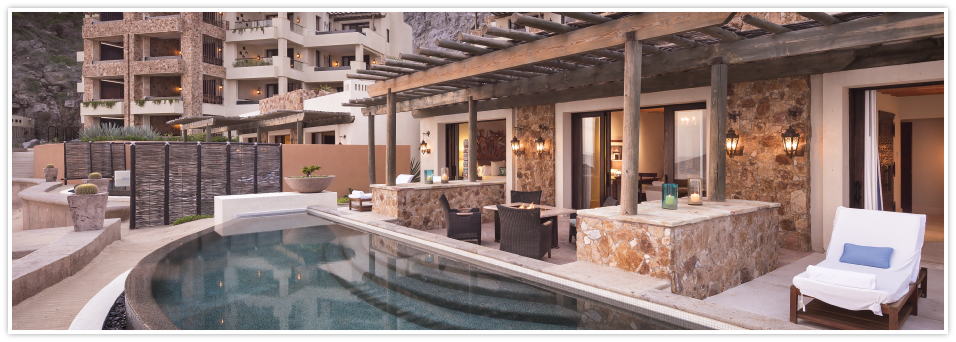In Japan, bathing is more than just the utilitarian practice of cleansing the body, it is a careful ritual meant also to purify and refresh the soul. The practice has been perfected over millennia and is a much sought-after relaxation technique ideal for today’s hectic pace.



Traditionally, the onsen (meaning hot springs) public bathing ritual, takes place in the evening and is meant to shed the stress accumulated during the day.
The heat of the geothermal waters improves circulation and helps with relaxation, while the hot springs’ minerals leave the skin supple and are thought to alleviate a number of health ailments, including digestive issues and pain.
In popular onsen destinations, such as Kinosaki in Hyogo prefecture, before entering the 108-degree waters of the soaking pool bathers must first scrub every inch of their skin in an effort to cleanse and exfoliate. This is a step not to take lightly, and thoroughness is key. Typically this is accomplished while sitting on a stool made of sacred hinoki wood, naturally resistant to bacteria and heat.
Once squeaky clean, naked bathers enter the springs to soak and contemplate. Conversations are discouraged as onsen-goers reconnect with their spirituality and bodies in near silence.





